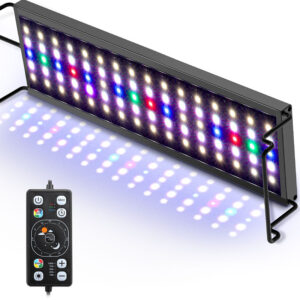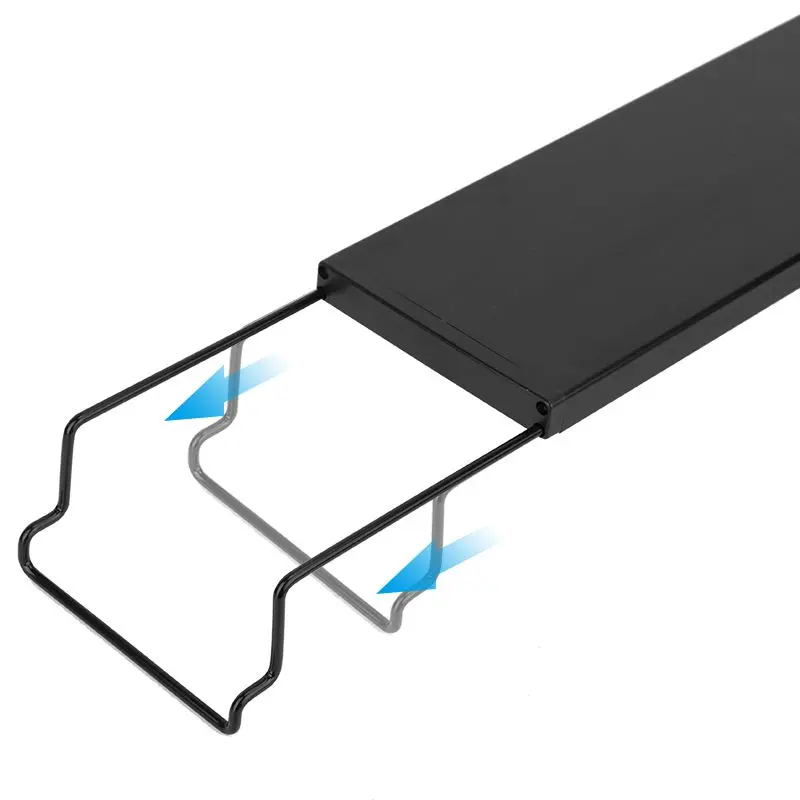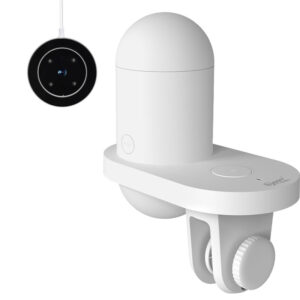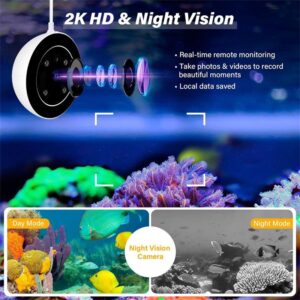Aquarium Stock Level And Fish Calculator
Aquariums are one of the lively things that are very close to the aquarium’s heart because they allow aquatic life into our homes. If we talk about the aquarium fish calculator, we should go first to the concept of aquarium stock level, it is extremely beneficial in maintaining healthy and stress-free aquatic creatures and the environment.
In this article, we are going to provide you the deep insights into aquarium stock levels and how to calculate the level of ammonia and nitrogen properly.
Aquarium Stock Level in Tropical Fish Tanks
One of the most popular fish these days is Tropical fish tanks since they have a variety of species comprising different patterns and textures. Overcrowding in tropical fish tanks can result in a range of problems, including poor water quality, stressed fish, and even death. The aquarium stock level depends on the tank size, the type of fish you wish to keep, and their specific tank requirements. A well-balanced and harmonious aquarium takes into account factors like as swimming area, territorial needs, social behavior, and filtration capacity.
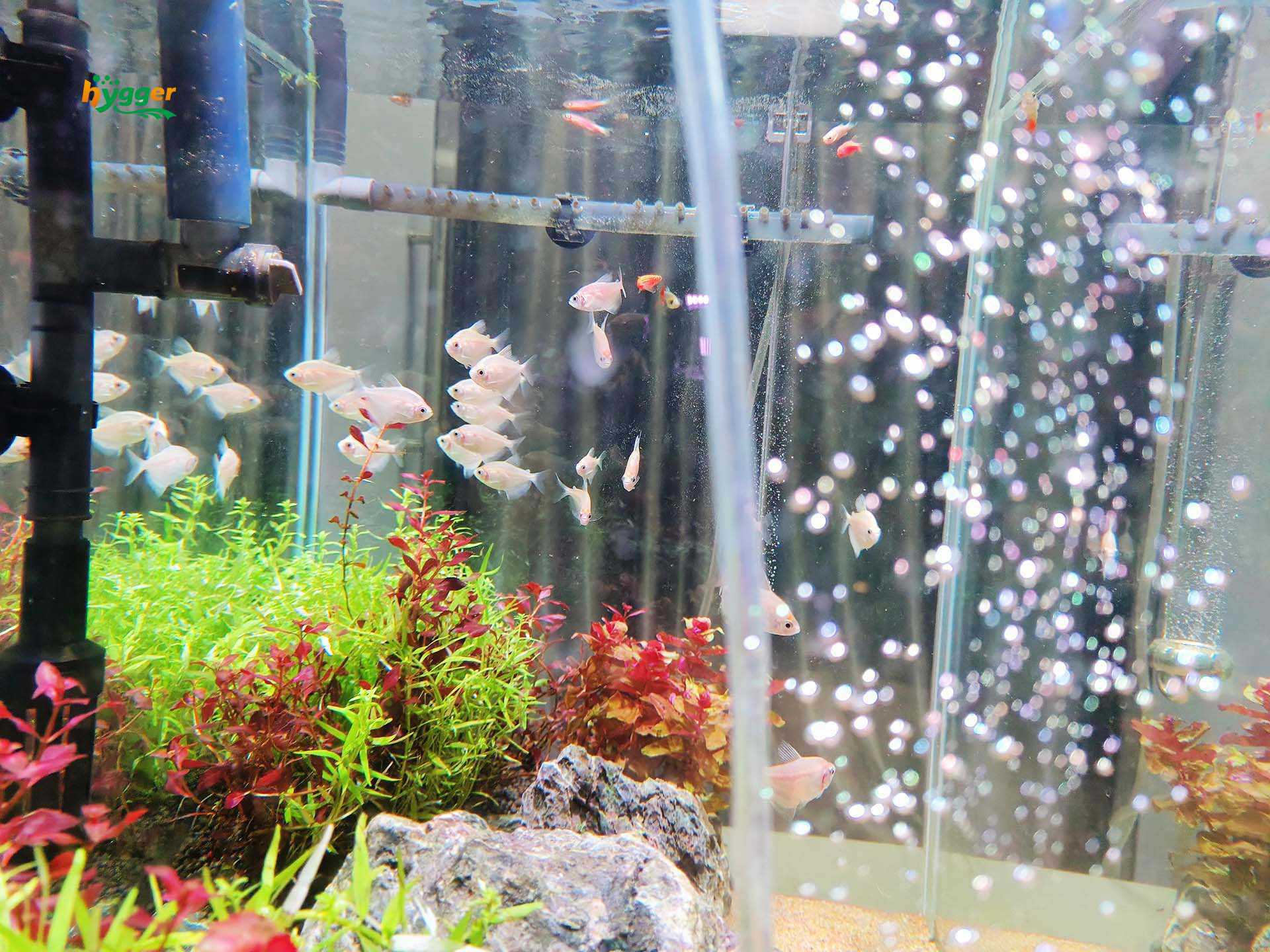
How Many Fish Can Be Put in a Large Fish Tank
The size of your fish tank has a big impact on how many fish it can comfortably house. Larger tanks provide fish greater space to swim, form territories, and establish hierarchies. This extra volume also improves water quality and stability. Let’s look at the options of aquarium fish calculators for different tank sizes.
Tank capacity of 75 gallons
A 75-gallon tank can house a wide range of fish, including larger species such as angelfish, discus, and some cichlids. A well-maintained 75-gallon tank may comfortably house 15-20 medium-sized fish.
100 gallons storage tanks
A 100-gallon tank gives you even more options. Larger schools of smaller fish, medium-sized cichlids, or some unusual and eye-catching species can be kept. In this setting, 20-30 medium-sized fish can flourish.
Tank capacity of 150 gallons
A 150-gallon tank allows you to host larger fish species like Oscars, Arowanas, or even some marine fish in a well-equipped saltwater setup. Based on the species, you can keep 30 to 60 medium-sized fish.
Tank capacity of 200 gallons
A 200-gallon tank provides numerous options. You can put on a spectacular show with enormous freshwater or marine fish, and your possibilities are nearly infinite. You can keep 50-100 medium-sized fish in a well-maintained 200-gallon tank, depending on the species and its individual needs.
Important Note: Before adding any species to your tank, always do your homework on them because various species have different social dynamics and territorial behaviors.
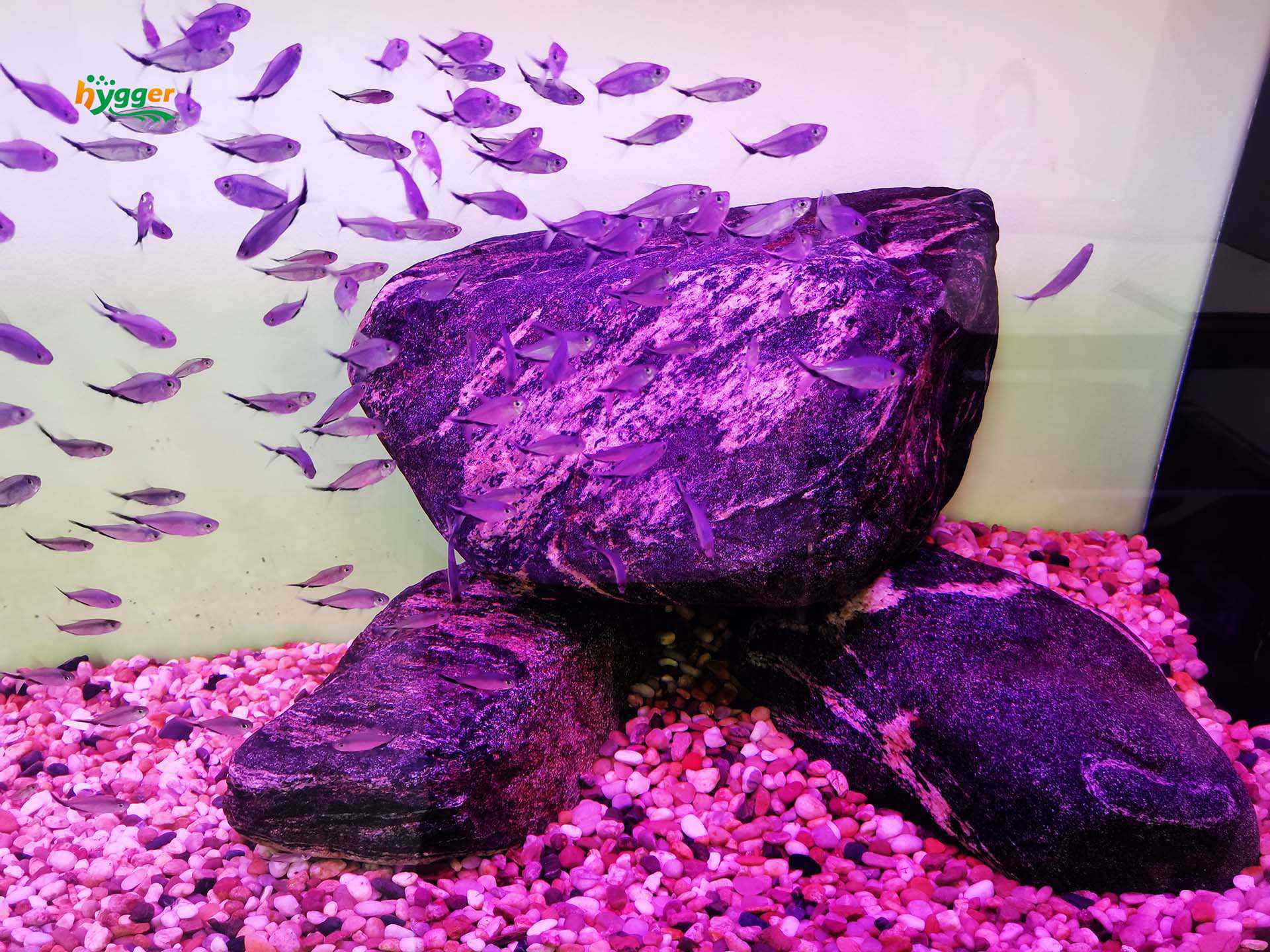
How to Control the Amount of Ammonia in a Tank
Ammonia is a quiet menace in aquariums, and controlling it at acceptable levels is critical for the health of your fish. Fish waste, uneaten food, and decaying organic substances all produce ammonia. Ammonia levels must be monitored and controlled in order to keep an aquarium healthy, when the Ammonia is high above the level, learn the ways to deal with excessive ammonia in fish tanks. Here’s a quick approach to calculating ammonia levels in your tank.
- Test Kit
To keep an eye on the ammonia levels in your aquarium, use a reliable ammonia test kit. These tests are reasonably priced and offer an accurate measurement of the ammonia concentrations in your tank. You will receive a figure from the test kit that indicates the ammonia content in parts per million (ppm). A well-established aquarium’s ammonia levels should be kept at or close to zero (zero parts per million).
- Water Changes
One of the most efficient strategies to control excessive ammonia levels is to undertake partial water changes. To dilute the ammonia content, replace around 20-30% of the tank water with fresh, dechlorinated water.
- Biological Filtration
Verify the biological filtration system in your aquarium is operating correctly. Your filter’s beneficial microorganisms help transform ammonia into less harmful substances like nitrite and nitrate.
- Avoid Overfeeding
A common cause of increased ammonia levels is overfeeding. Feed your fish no more than they can take in a few minutes, as surplus food may break down into ammonia.
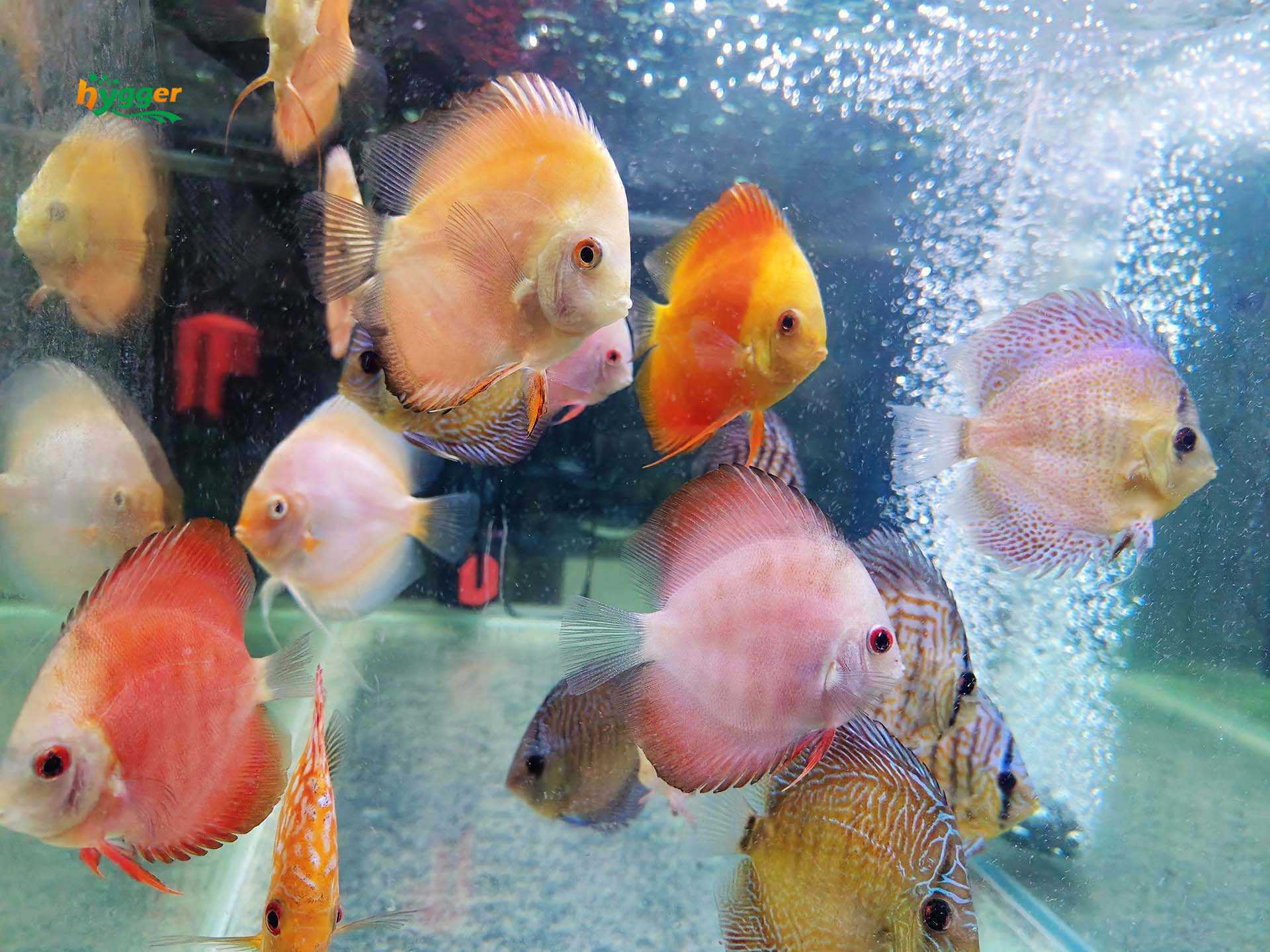
Calculate the Amount of Oxygen in a Fish Tank
Your fish and other aquatic dwellers require oxygen to survive. Inadequate oxygen levels can cause stress and health problems for your fish, while too much oxygen can break the delicate equilibrium in the tank. Follow these simple procedures to ensure your tank has enough oxygen.
a. Promote Surface Agitation: Increase surface agitation in your tank. This can be accomplished by the use of air stones, power heads, or by altering the flow of your filtration system. Surface agitation improves gas exchange, enabling oxygen into the water while allowing carbon dioxide to exit.
b. Keep an eye on the temperature: Oxygen dissolves more easily in colder water. As a result, keeping your fish and aquatic plants at an optimal water temperature will contribute to better oxygen levels.
c. Stocking Density: Avoid overstocking your tank because it might lead to oxygen depletion, particularly at night when plants require oxygen. To maintain a good oxygen balance, carefully calculate the quantity and size of fish you add to your tank.
d. Aquatic Plants: Photosynthesis by aquatic plants is essential for oxygen production. Including real plants in your aquarium can help keep oxygen levels stable.
e. Aeration: To maintain a consistent supply of oxygen, consider employing aeration devices such as air pumps. These devices generate bubbles that improve oxygen exchange and spread oxygen throughout the water column.
f. Keep Checking: Monitoring your tank’s oxygen levels on a regular basis and making necessary modifications will assist in providing a comfortable and healthy environment for your aquatic pets.
Conclusion
The proper aquarium stock level, as well as monitoring ammonia and oxygen levels, are critical components of responsible fishkeeping. Excessive ammonia levels can be lethal, and overstocking can stress and harm your fish’s health. On the other side, low oxygen levels may be harmful.
You may build a thriving aquatic habitat that benefits your fish and enjoyment as an aquarist by following the rules described in this article and utilizing the aquarium fish calculator to establish the right stocking density. Remember that a well-balanced and harmonic aquarium not only looks good but also provides a safe and healthy environment for your aquatic pals.

